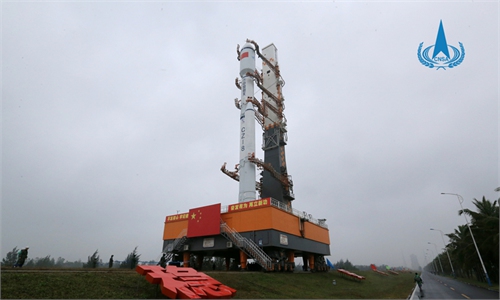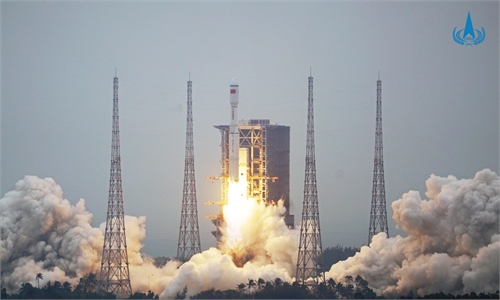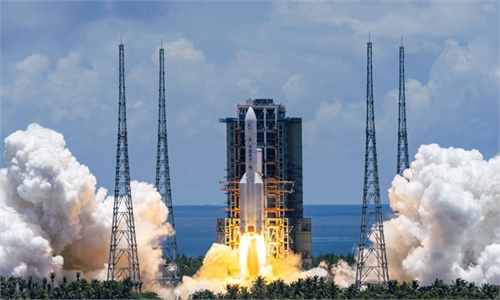SCI-TECH / AIR & SPACE
Long March-8 rocket likely to try out vertical landing in 2021: Chinese developer
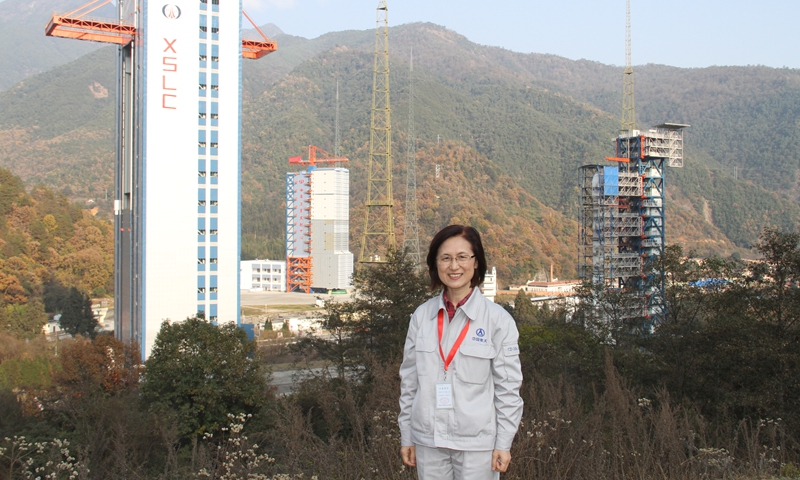
Jiang Jie Photo: Courtesy of CALT
Development for a fusion version of China's potentially reusable medium-sized launch vehicle, the Long March-8, has been initiated, and it is hoped that the new rocket will carry out key technology demonstration tests for vertical take-off and vertical landing (VTVL) in 2021, said Jiang Jie, a leading expert with the project developer China Academy of Launch Vehicle Technology (CALT) on Thursday.
Research and development work for the Long March-8 has been initiated to accelerate the rollout of a fusion version of the rocket, Jiang, who is also a member of the 13th National Committee of the Chinese People's Political Consultative Conference (CPPCC), China's top political advisory body, told the Global Times on Thursday.
"The rocket will adopt a range of new technologies including electrical integration as well as the integration of ground tracking, monitoring and controlling system," Jiang said.
The fusion version of the Long March-8, to be reusable, is expected to demonstrate and test the key VTVL technology within this year, the CALT official noted.
According to CALT, the fusion version of the Long March-8 will explore key technical possibilities including navigation control for low-speed landing and large stretch-fold ratio landing buffer mechanism, among others.
In the future, the new rocket type will be able to be collected in a cluster, with two boosters and the first core stage being affixed to each other, according to the academy.
Bringing about the re-use of a launch vehicle system would mark a giant leap in the country's space industry, elevating the country's capability of space entry and exit and explorations, Jiang said.
Conquering such technology would resolve landing area safety issues and reduce costs for launch missions, and would help the country obtain the technological edge and answer current pressing needs, she said.
Long March-8 made a successful maiden flight from the tropical island province of Hainan in South China on Tuesday, sending five satellites into designated orbit at the same time in December 2020.
The 50.3-meter-long Long March-8 has a 3.35-meter-diameter core stage and two 2.25-meter-diameter side boosters. Weighing 356 tons at launch, it has a 480-ton take-off thrust and is capable of sending payloads weighing more than 4.5 tons into the SSO 700 kilometers above the ground, CALT said in a statement it sent to the Global Times.
The model has been dubbed the "Chinese version of SpaceX Falcon 9" for its potential to be reusable. The first stage of Long March-8 is expected to become reusable 10 times by 2025, and by 2035, the entire rocket is expected to be reusable, the CASC said in November.
Wu Yansheng, a senior official with CASC, previously revealed in November 2020 that China aims to develop the first launch vehicle capable of VTVL by 2025.
Also on Thursday, carrying the hopes of space enthusiasts all around the world, Elon Musk's SpaceX Starship rocket SN10 prototype made a smooth high-altitude flight and even executed a "beautiful soft landing" back on Earth, before the final twist - the rocket exploded eight minutes after reaching the launching pad.
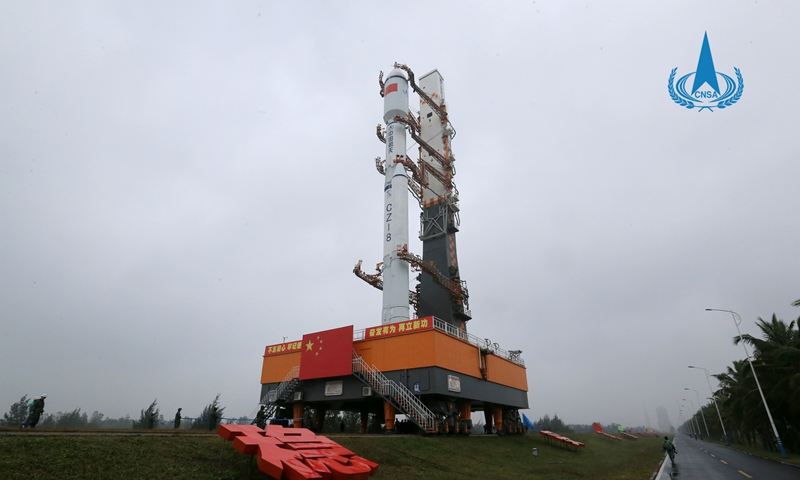
Photo: Tu Haichao
Chinese netizens sent their congratulations for the near-perfect flight, sending their best wishes for the success for the next flight of the system, which is designed to be a fully reusable mode of space transport.
Chinese space experts reached by the Global Times said they were closely following the SpaceX test, and said the explosion after landing could have been caused by a crash in the internal fuel tank while it was landing.
They also called for room to be allowed for trial and error in such reusable rocket technology tests, whether they are carried out by Chinese firms or American ones.
Netizens expressed their wish that someday scientists from all over the world could join hands in the quest for space exploration, cast aside their political differences and make the dream of travel to Mars and Moon come true sooner.

